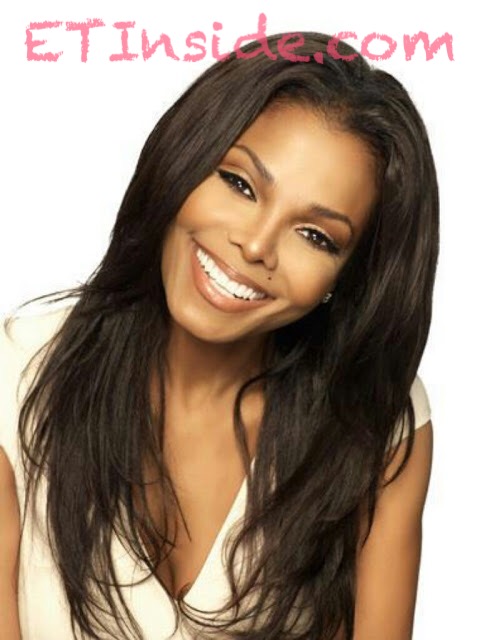
 |
||||
| Howard University was established on March 2, 1867 and is a private nonsectarian university situated in Washington, D.C. Howard has more than 3,000 staff and serves over 7,000 undergraduates. The university is positioned on 258 acres of land, and offers degrees and programs in various fields of studies. This HBCU has played a vital role in American History on several occasions.
Howard University’s teams are nicknamed Bison, and the official colors of the university are blue, white and red. Its athletic teams participate in the National Collegiate Athletic Association. Eminent alumni of the university are Ossie Davis, actor; Toni Morrison, Nobel Laureate; and Supreme court Justice Thurgood Marshall. Online Admissions Application: http://www.howard.edu/enrollment/apply/default.htm |
||||
| Quick Facts | ||||
| Undergrad Population: 10491 Graduate Population: 1965 Student Body: Coed In State Tuition: $20171 Out of State Tuition: $20171 Room & Board: $11601 Applications Due: February 15 ($45.00) |
Conference: Mid-Eastern Athletic Conference Mascot: Bison Accreditations: Online Classes: yes Percent Men: 33% Percent Women: 67% |
|||
|
||||
| Upcoming Events at Howard University | ||||
|
||||
| The Wall | ||||
| Future spot for testimonials, comments, pictures, video | ||||
| Majors Offered | ||||
| College of Arts and Sciences (AS) •Administration of Justice •African Studies •Afro-American Studies •Anthropology •Art •Biology •Chemistry •Classical Civilizations •Dance Arts •Economics •English •Fashion Merchandising •French •German •Greek •Health Education •History •Interior Design •Latin •Leisure Studies •Mathematics •Music •Music Education •Philosophy •Physical Education •Physics •Political Science • Pre-Pharmacy • Pre-Podiatry • Psychology • Russian • Sociology •Spanish •Theatre Arts •Undecided School of Business (SB) School of Communication (SC) School of Education (ED) College of Engineering, Architecture and Computer Sciences College of Pharmacy, Nursing and Allied Health Sciences |
||||
| Unique Programs | ||||
| Sports & Extra Curricular Activities | ||||
| Choir, Choral Groups, Concert Band, Dance, Fraternities, Honors Program, Intramural Sports, Marching Band, Pep Band, Radio Station, Sororities, Student Newspaper, Television Station | ||||
| College History | ||||
| In November 1866, shortly after the end of the Civil War, members of the First Congregational Society of Washington considered establishing a theological seminary for the education of African-American clergymen. Within a few weeks, the concept expanded to include a provision for establishing a University. Within two years, the University consisted of the colleges of Liberal Arts and Medicine. The new institution was named for General Oliver O. Howard, a Civil War hero who was both a founder of the University and, at the same time, commissioner of the Freedman’s Bureau.
The University charter as enacted by Congress and subsequently approved by President Andrew Johnson on March 2, 1867, designated Howard University as “a University for the education of youth in the liberal arts and sciences.” The Freedmen’s Bureau provided most of the early financial support of the University. In 1879, Congress approved a special appropriation for the University. The charter was amended in 1928 to authorize an annual federal appropriation for construction, development, improvement and maintenance of the University. In 1926, when Dr. Mordecai Wyatt Johnson, Howard’s first black president, assumed the presidency of Howard, the University was comprised of eight schools and colleges, none of which held national accreditation. The institution’s enrollment during this year stood at 1,700 and its budget at $700,000. By the time Johnson retired 34 years later, the University boasted of 10 schools and colleges, all fully accredited; 6,000 students; a budget of $8 million, the addition of 20 new buildings including an expanded physical plant; and a greatly enlarged faculty that included some of the most prominent black scholars of the day. Another key indicator of the University’s enhanced academic status was the 1955 inauguration of graduate programs that had the authority to grant the Ph.D degree. Dr. Johnson’s successor was Dr. James M. Nabrit, Jr. who was previously Secretary of the University and Dean of the Law School. A leading constitutional lawyer and educator, Dr. Nabrit established at Howard in 1938, what is generally considered the first systematic course in civil rights in an American law school. In 1969, Dr. Nabrit was succeeded by Dr. James E. Cheek, who had previously served as President of Shaw University in Raleigh, North Carolina. Dr. Cheek retired in June 1989. He was followed by an Interim President, Dr. Carlton P. Alexis, a physician/administrator who had been the University’s Executive Vice President and before that, its Vice President for Health Affairs. On December 16, 1989, the Board of Trustees announced the appointment of Dr. Franklyn G. Jenifer to head the University. Upon his inauguration, Dr. Jenifer became the first Howard alumnus to head the University in its 123-year history. Dr. Jenifer served through May 15, 1994, when the Board of Trustees appointed Dr. Joyce A. Ladner as interim President. Dr. Ladner was the former Vice President for Academic Affairs and had also served as a professor in the School of Social Work. On April 22, 1995, the Howard University Board of Trustees appointed H. Patrick Swygert to be its 15th president. Mr. Swygert is also the fifth African-American to serve as the University’s chief executive officer. H. Patrick Swygert received his undergraduate degree in history from Howard in 1965 and his law degree, cum laude, from the University’s law school in 1968. In May 2008, the Howard University Board of Trustees announced the appointment of Dr. Sidney A. Ribeau as the 16th president of Howard University, to lead the institution into a new phase of growth as the nation’s premier Historically Black College and University. Dr Ribeau began his tenure on August 1, 2008. Today, Howard University is one of only 48 U.S. private, Doctoral/Research-Extensive universities, comprising 12 schools and colleges with 10,500 students enjoying academic pursuits in more than 120 areas of study leading to undergraduate, graduate, and professional degrees. The University continues to attract the nation’s top students and produces more on-campus African-American Ph.D.s than any other university in the world. Since 1998, the University has produced a Rhodes Scholar, A Truman Scholar, six Fulbright Scholars and nine Pickering Fellows. |
||||
can check out the latest casting calls and Entertainment News by clicking: Click Here
Click the logo below to go to the Home Page of the Website
Click the logo below to follow ETInside on Twitter
Click the logo below to follow ETInside on Facebook
Click the logo below to follow ETInside on Instagram
Click the logo below to follow ETInside on Pinterest
Click the logo below to follow ETInside on Medium

















